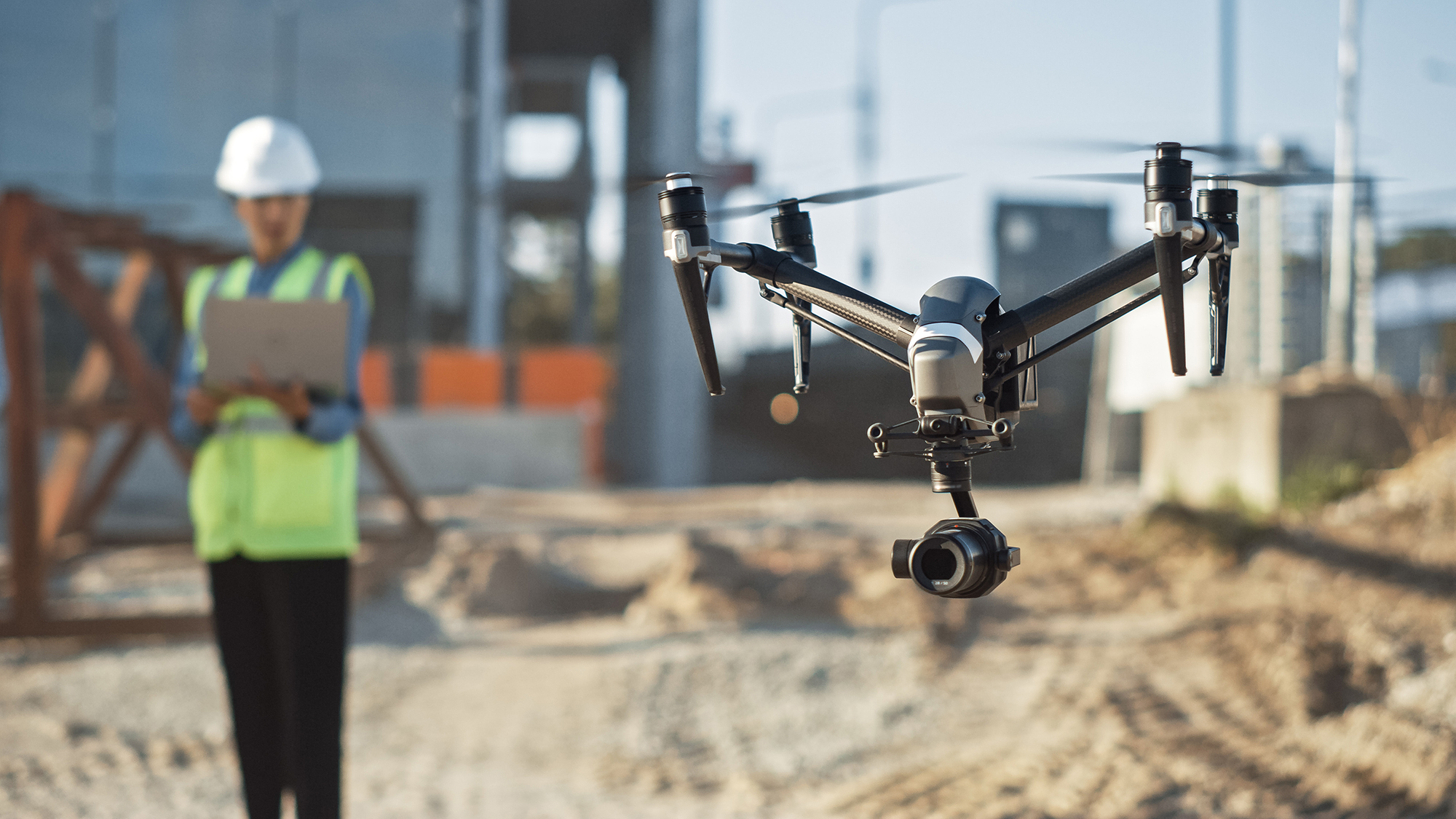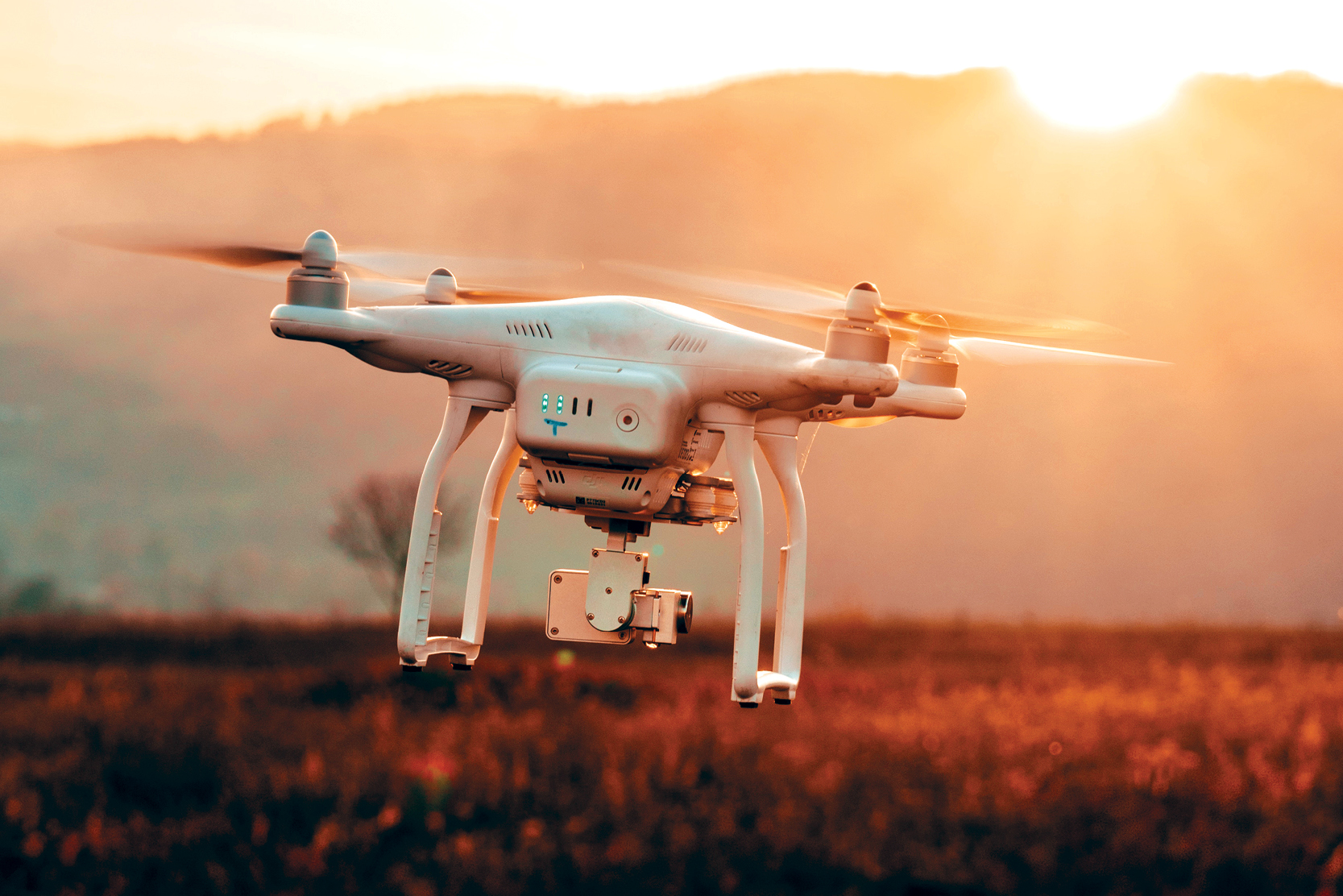Sky elements drones are revolutionizing how we collect and analyze data from the atmosphere and beyond. These unmanned aerial vehicles (UAVs) equipped with specialized sensors are transforming various fields, from meteorological research and environmental monitoring to astronomical observation and disaster response. This exploration delves into the current applications, future possibilities, and the multifaceted implications of this rapidly evolving technology.
The integration of drones with advanced sensors allows for unprecedented data collection capabilities. Imagine drones autonomously navigating through storm clouds to gather real-time weather data or meticulously mapping atmospheric pollution levels across vast geographical areas. This detailed data is not only vital for scientific research but also crucial for improving weather forecasting, environmental protection, and public safety. However, challenges remain, including regulatory hurdles, technological limitations, and ensuring safe drone operation in diverse atmospheric conditions.
Sky Elements Drones: Applications, Innovations, and Impacts
The integration of drone technology with atmospheric and celestial data collection is rapidly transforming various sectors. This article explores current and future applications of drones in analyzing sky elements, highlighting technological advancements, safety regulations, and economic impacts.
Current Applications of Sky Elements Drones
Drones are increasingly utilized for meteorological research, atmospheric monitoring, and astronomical observation, leveraging their maneuverability and adaptability to collect diverse data sets. This allows for a more detailed and efficient understanding of various atmospheric phenomena and celestial events.
| Application | Data Collected | Drone Type | Key Benefits |
|---|---|---|---|
| Meteorological Research | Temperature, humidity, wind speed/direction, pressure | Multirotor with weather sensors | Real-time data acquisition, improved spatial resolution, cost-effectiveness compared to traditional methods |
| Atmospheric Monitoring | Air quality (pollutants, particulate matter), greenhouse gas concentrations | Fixed-wing or hybrid with gas sensors | Wide area coverage, high-frequency sampling, accessible data for environmental agencies |
| Astronomical Observation | Light pollution levels, atmospheric clarity, celestial imagery | High-altitude, long-endurance platforms with high-resolution cameras | Reduced light interference, improved image quality, remote location accessibility |
Limitations of current drone technology include flight time constraints, limited payload capacity for heavy sensors, and susceptibility to adverse weather conditions. Data processing and analysis also pose challenges, requiring sophisticated algorithms and substantial computational resources.
Future Applications and Innovations in Sky Element Drone Technology
The potential for drone-based sky element analysis extends beyond current capabilities. Innovative applications promise significant advancements in environmental monitoring and disaster prediction.
- Enhanced Environmental Monitoring: Drones equipped with advanced sensors can monitor deforestation rates, track wildlife populations, and assess the health of ecosystems.
- Real-time Extreme Weather Prediction: High-frequency atmospheric data collected by drone swarms can improve the accuracy and lead time of extreme weather event predictions.
- Precision Agriculture: Drones can assess crop health and optimize irrigation based on real-time meteorological data, improving yields and resource efficiency.
Advancements in drone technology will further enhance data acquisition and analysis. These advancements include:
- Improved sensor technology with higher sensitivity and resolution.
- Integration of artificial intelligence (AI) for automated data analysis and anomaly detection.
- Development of longer-range, more resilient drones capable of operating in extreme conditions.
- Enhanced communication systems for real-time data transmission.
Safety and Regulatory Aspects of Drone Operations

Operating drones in various atmospheric conditions presents inherent safety risks. Regulatory frameworks are essential to ensure safe and responsible drone usage.
| Regulation Type | Governing Body | Key Restrictions | Impact on Drone Operations |
|---|---|---|---|
| Airspace Regulations | Federal Aviation Administration (FAA) (US example) | Flight altitude limitations, restricted airspace zones, pilot licensing requirements | Limits operational areas and necessitates adherence to strict protocols. |
| Environmental Protection Regulations | Environmental Protection Agency (EPA) (US example) | Restrictions on data collection near sensitive ecosystems, noise pollution limits | Requires careful planning and adherence to environmental impact assessments. |
Safety protocols vary significantly depending on weather conditions. Operations in clear skies require basic pre-flight checks, while operations in storms or fog necessitate stricter protocols, including potential flight cancellations.
Economic and Societal Impacts of Sky Element Drone Analysis, Sky elements drones
The economic benefits of drone-based sky element analysis are significant across various sectors. Increased drone usage for environmental monitoring and disaster response also has profound societal impacts.
Sky elements drones are increasingly utilized for spectacular aerial displays, pushing the boundaries of what’s possible in the entertainment industry. For a prime example of this technology in action, check out the impressive choreography and scale of the orlando drone show , a truly captivating event. The advancements showcased there highlight the exciting future of sky elements drones and their potential for even more breathtaking performances.
- Cost-effectiveness: Drone-based methods often prove more cost-effective than traditional methods for large-scale data collection, especially in remote or hazardous areas.
- Improved efficiency: Drones can collect data more quickly and efficiently than traditional methods, leading to faster decision-making and improved resource allocation.
- Enhanced safety: Drones can reduce risks to human personnel by performing tasks in hazardous environments, such as during extreme weather events or in disaster zones.
Illustrative Examples of Drone Missions

Several hypothetical drone missions illustrate the diverse applications of this technology.
Atmospheric Pollutant Measurement Mission: A hypothetical mission involves a quadcopter drone equipped with a suite of sensors, including gas sensors (NOx, SO2, CO), particulate matter sensors (PM2.5, PM10), and a GPS. The drone flies a pre-programmed grid pattern over an industrial area, collecting data at various altitudes. Data is transmitted in real-time to a ground station for processing and analysis using specialized software.
The expected outcome is a detailed map of pollutant concentrations, aiding in pollution source identification and environmental management.
Sky elements drones, with their sophisticated flight control systems, are transforming aerial displays. However, even with advanced technology, accidents can occur, as highlighted by a recent incident reported on drone show accident website. This underscores the importance of rigorous safety protocols and ongoing advancements in drone technology to prevent such occurrences, ensuring the continued safe and spectacular use of sky elements drones in future events.
Celestial Event Observation Mission: A high-altitude, long-endurance drone equipped with a high-resolution, low-light camera captures images of a meteor shower. The drone’s flight path is carefully planned to minimize light pollution interference. Post-processing involves image stacking and noise reduction techniques to enhance image quality and reveal fainter celestial objects. The technical specifications might include a 100MP camera with a large aperture lens and advanced image stabilization.
Sky Elements drones offer a versatile platform for various aerial applications, including high-resolution imagery. For those needing advanced spectral capabilities, integrating a specialized camera is key; consider the impressive capabilities of the cobequid pass camera , which significantly enhances data collection for environmental monitoring and other applications. This ultimately allows Sky Elements drones to provide even more detailed and insightful data analysis.
Wildfire Monitoring and Prediction Mission: A fleet of drones equipped with thermal cameras, multispectral sensors, and high-resolution cameras monitor a wildfire. Data on fire spread, intensity, and smoke plume characteristics are collected and analyzed using AI-powered algorithms to predict fire behavior and support firefighting efforts. The resulting insights aid in resource allocation and evacuation planning.
The use of sky elements drones presents a paradigm shift in data acquisition and analysis, offering a wealth of opportunities across diverse sectors. While challenges related to safety, regulation, and technological advancement persist, the potential benefits – from enhanced weather prediction and environmental monitoring to improved disaster response and economic growth – are undeniable. Continued innovation and responsible development will be crucial in harnessing the full potential of this transformative technology, paving the way for a future where sky elements drones play a vital role in shaping our understanding and interaction with the environment.
Helpful Answers: Sky Elements Drones
What are the main limitations of current drone technology in sky element analysis?
Current limitations include flight time restrictions, sensor accuracy limitations, data processing challenges, and susceptibility to adverse weather conditions.
How are drone-based sky element analysis methods cost-effective compared to traditional methods?
Drone-based methods can offer cost savings in data acquisition and deployment in certain scenarios, especially in remote or hazardous areas, by reducing the need for expensive ground-based equipment and personnel.
What safety protocols are crucial for operating drones in various weather conditions?
Safety protocols vary based on weather conditions and include factors like wind speed limitations, visibility requirements, and the use of specialized equipment for adverse weather.
What are the potential ethical concerns surrounding the widespread use of sky elements drones?
Ethical considerations include privacy concerns related to data collection, potential misuse for surveillance, and environmental impacts of drone operation and disposal.